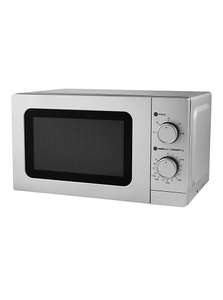
- Home
- Home & Living
- Home Appliances
- Microwave

Microwave Deals & Offers
8 active deals25,190 commentsAll Microwave discounts and offers overview - April 2024

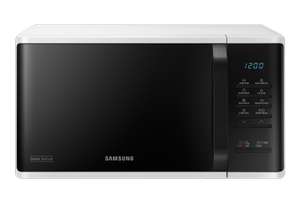

Microwave price comparisonPowered by
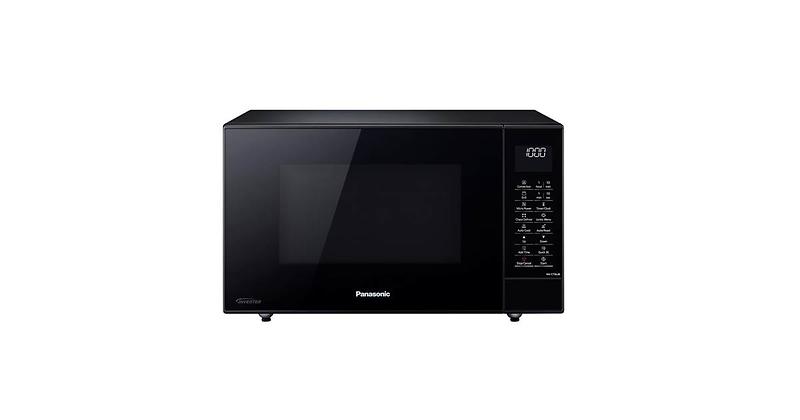 11 offers
11 offers
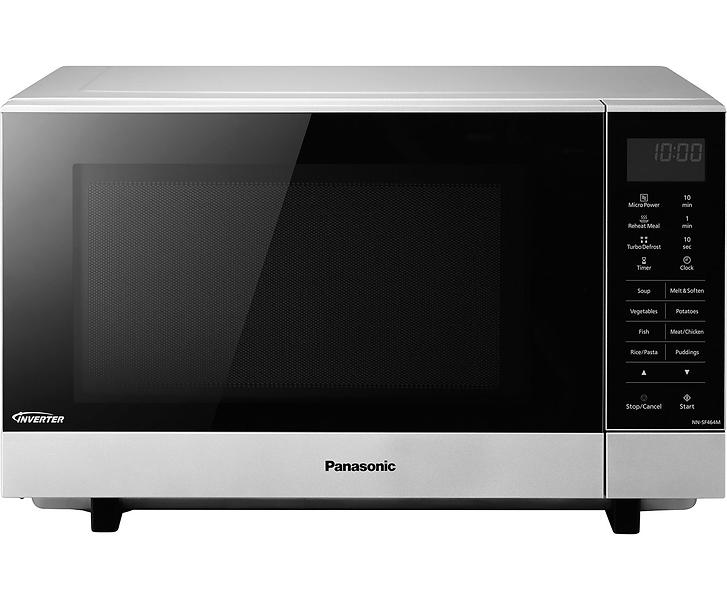 15 offers
15 offers
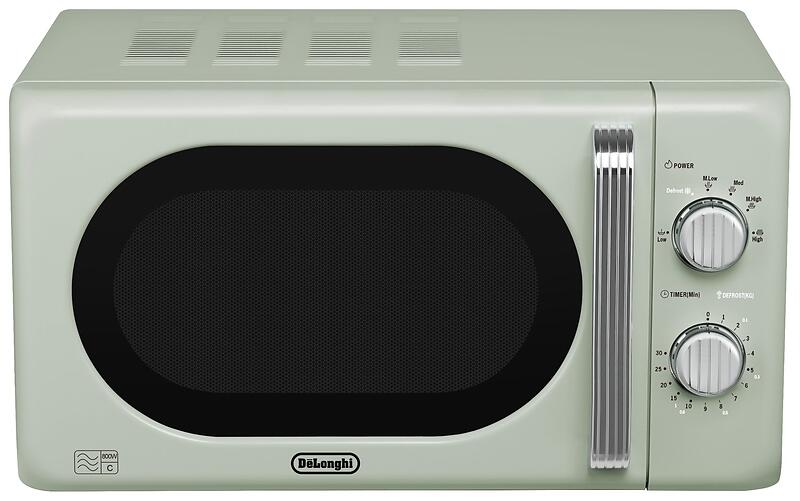 1 offer
1 offer
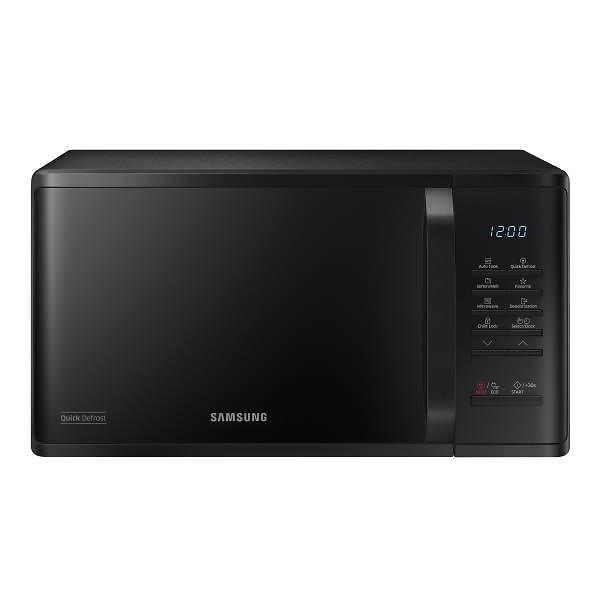 11 offers
11 offers
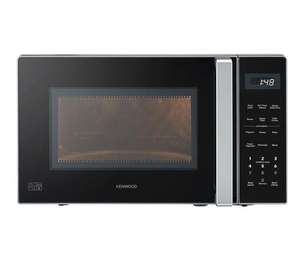

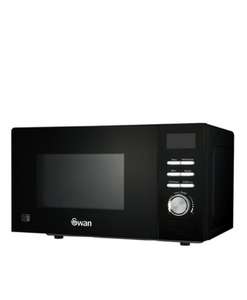
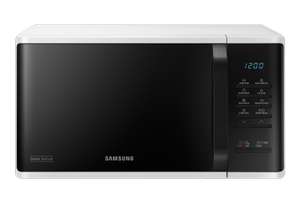
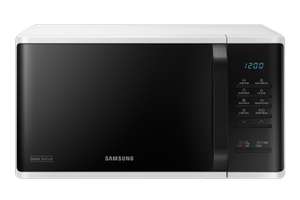
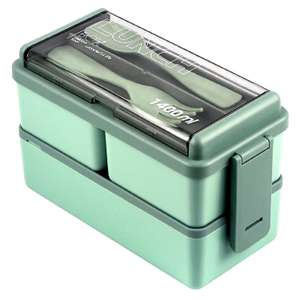
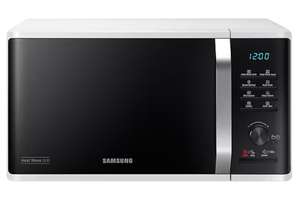
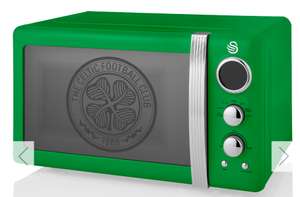
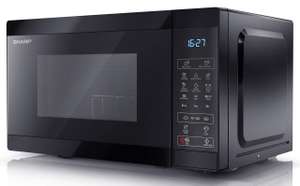
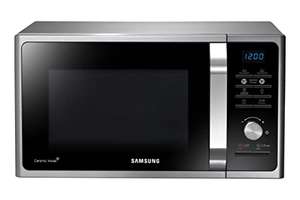
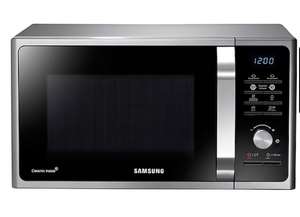
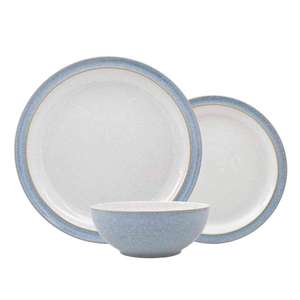
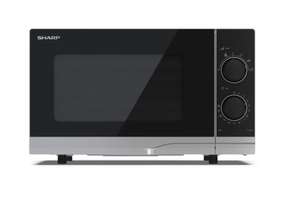
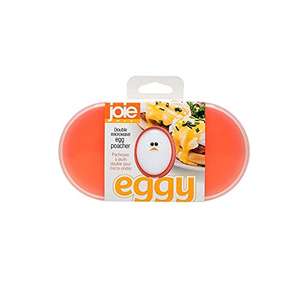
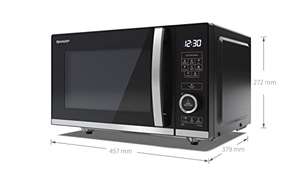
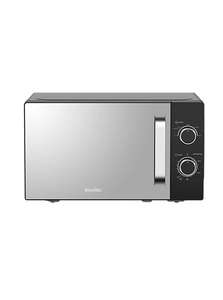
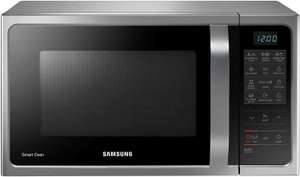
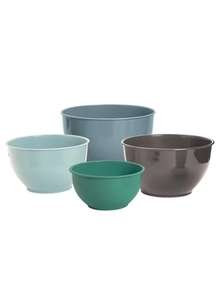
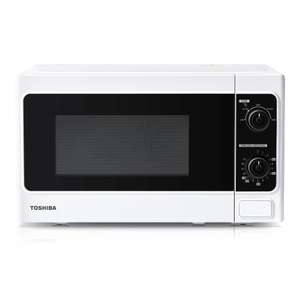
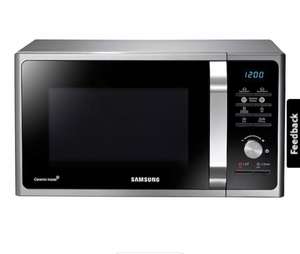
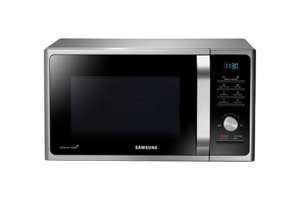
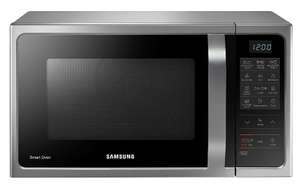
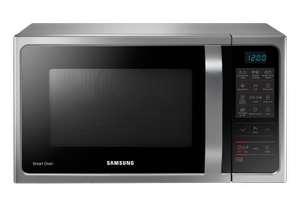
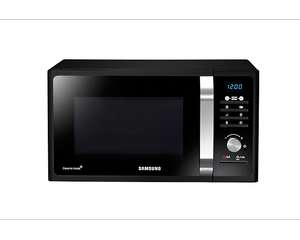
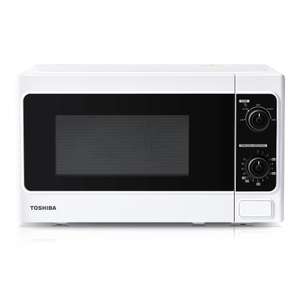
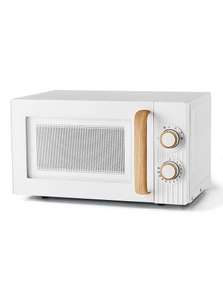
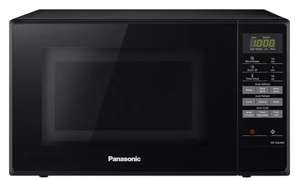
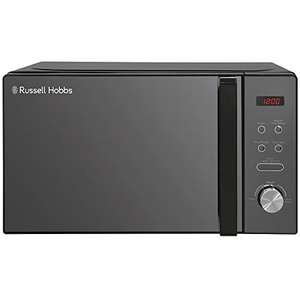
Find the Recipe for Kitchen Bargains with the Microwave Offers at hotukdeals
Microwaves are compact ovens which have changed the way we cook, liberating us from long waits and hard work, and making food preparation easier than ever. Coming in various sizes and brands, and offering a diverse variety of features, these kitchen helpers can be tricky to choose. Do you want a huge 40L model to feed an army, or a compact cooker for a single person? Are preset modes essential, or disposable?
This hotukdeals guide will make picking an oven as easy as possible, and we'll explain everything you need to know. So read on to find out the key microwave features, as well as where to find the best microwave deals.
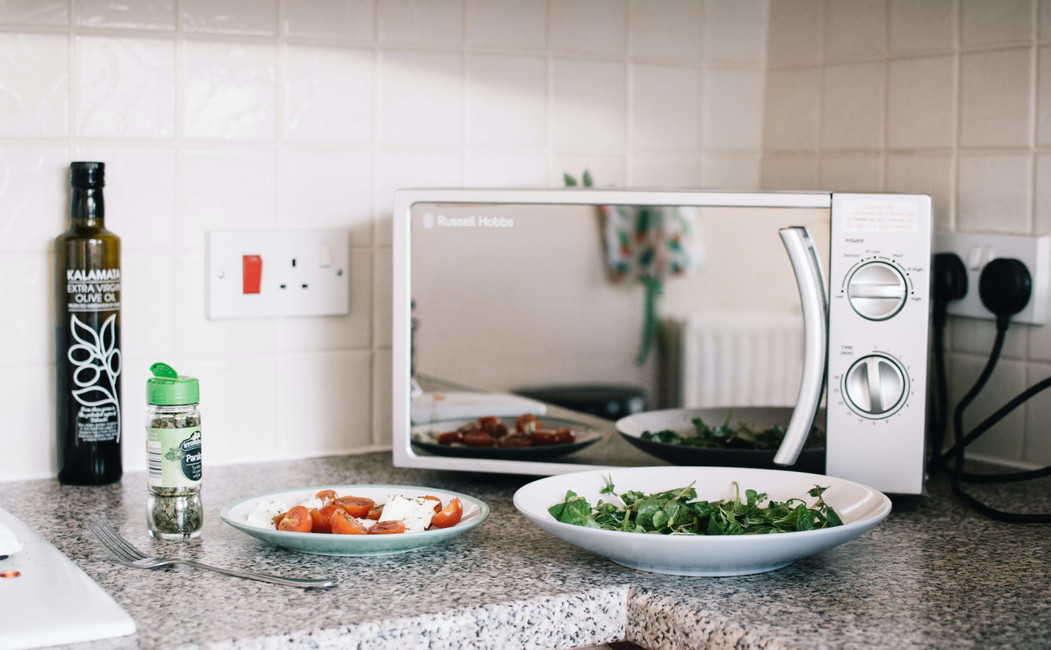
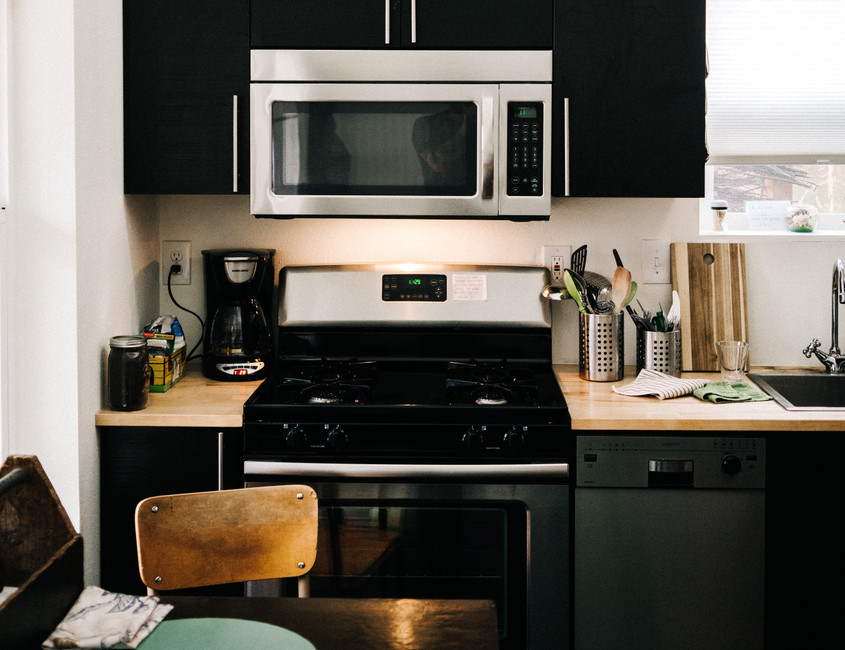

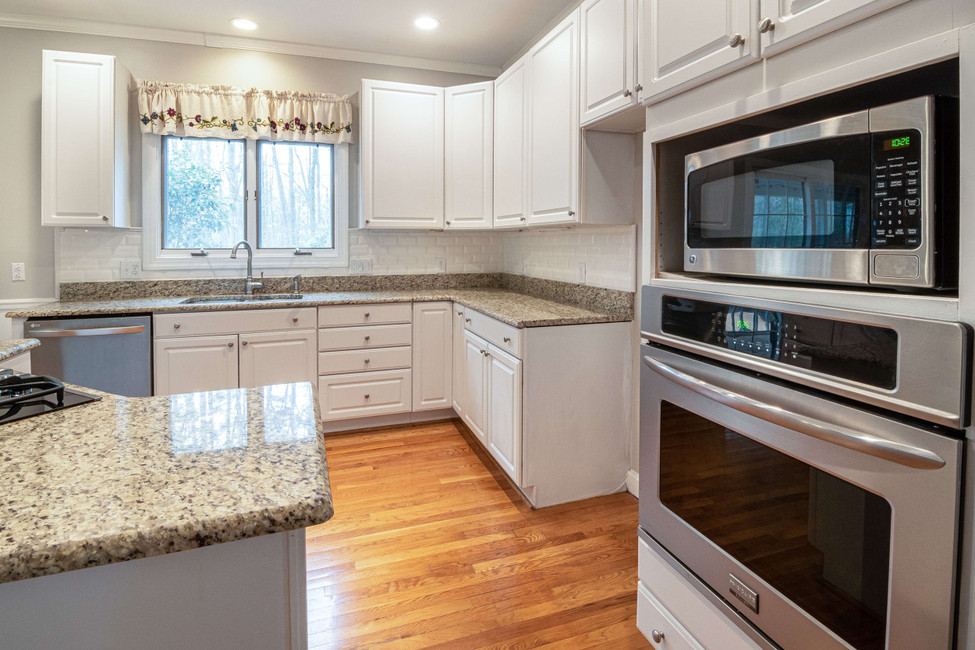
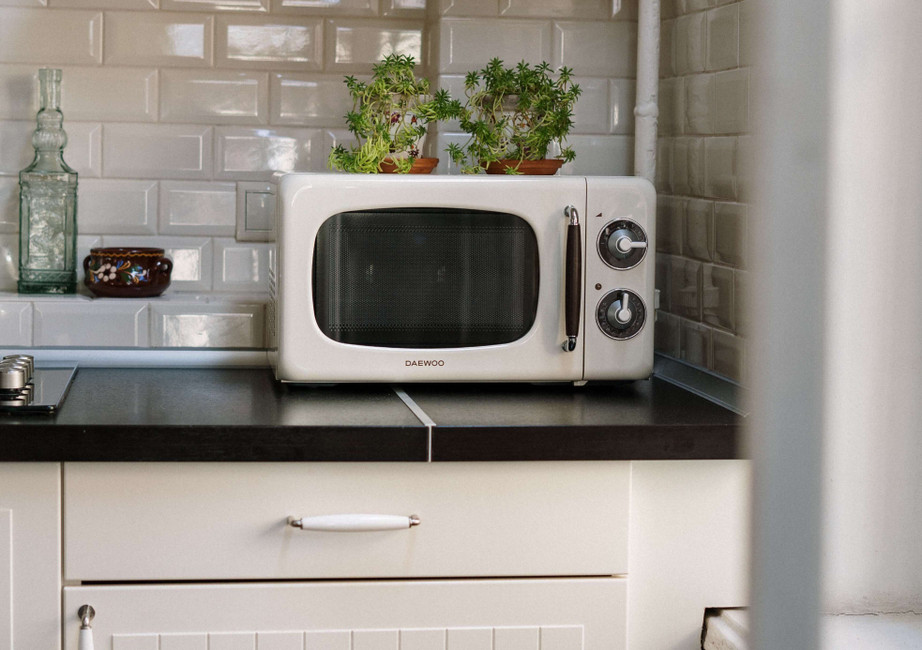
Microwave Features to Think About
These features should all come into the picture when making a microwave purchase. However, before even thinking about purchasing a microwave, it's also a good idea to refresh our minds about how microwaves work. Unlike conventional ovens which use electric elements or gas to generate hot air, microwaves use tiny waves of energy generated by devices called magnetrons. In magnetrons, electrons pass between an anode and a cathode. When they do, they also pass through a magnetic field, which causes them to follow a curved trajectory, essentially becoming a form of radio wave. By cleverly using metal notches called “resonant cavities”, the magnetron can control the length of the radio waves produced extremely precisely. And when they make contact with fluids, these waves generate heat – producing the cooking effect we are all familiar with. Heat levels depend on the frequency of the waves – more for faster heating, fewer for slower heating. And that's pretty much all there is to know.
Here are the key features to look out for when buying a microwave:
- Size
Microwaves tend to come in three standard sizes: small, medium or large, and they are usually measured in litres or cubic feet. Expect capacities to range within a fairly narrow spectrum, from around 20-40 litres. But look for newer “compact” models which are significantly smaller (and ideal for students or placing in offices).
- Power
Microwave power is generally either measured in watts and can be described by terms like “low”, “medium,” or “high” or via microwave classes (from “A” being the most powerful, to “E” the least powerful). Modern devices tend to vary between 700-1000 watts, and more powerful models will tend to cook food significantly faster. But prices rise with power, something to bear in mind.
- Eco Mode
Many devices these days also come with a setting called “Eco Mode”. This basically means that the microwave can be set to its most energy-efficient setting, keeping carbon emissions as low as possible (and limiting your electricity bills).
- Preset Cooking Options
Cooking modes are a feature of pretty much every mass market microwave, but models will differ regarding which settings they include. Defrost is almost always included, but look for special modes for foods like jacket potatoes, pizzas or popcorn. The most expensive models also come fitted with sensors which automatically detect which setting to use.
- Grill
Not all ovens come with a microwave grill fitted, but this can make a big difference - particularly if you're the kind of person who prefers crispy microwave chips and authentic cheese on toast.
- Controls
All microwaves have some form of control system, but some will have sophisticated touchscreen panels, while others will stick to simpler dials and push buttons. The more buttons you have, the more options will be available, including timer settings and cooking modes. But simplicity has its own appeal, and often comes with a cheaper price tag.
- Convection
More advanced “Combi” microwaves can also switch between standard microwave-based cooking and convection cooking – mimicking a conventional convection oven. This is a great feature for fans of baking pies and cakes, which can often be cooked faster via microwaves then in normal ovens. But it does come with a cost.
- Internal Design
Most microwaves on the market these days feature rotating plates which allow users to cook their food evenly. However, you may also see flatbed models. These versions can be cheaper and easier to clean, although cooking quality can sometimes be inferior.
- Door Style
The majority of microwaves available from UK merchants will have side opening hinged doors. However, if you have space constraints in your kitchen, this could be a little awkward. In that case, check for drop-down doors, which are included with a limited range of models.
- Safety
Microwaves are usually very safe to use, and should shut off whenever the door is opened, but some models come with child lock features just to be sure. Devices are regulated to ensure minimal leakage and reliable shielding, but if you are really concerned about radiation leaks, paying more for deluxe models is advisable.
- Cleaning
We'll talk about how to clean microwaves in more detail later, but when picking your model it's also a good idea to check for “easy clean” devices. These models feature special settings which allow you to flush out the cooking chamber and wipe off any grease deposits or overflows – a handy way to make your device last longer.
- Aesthetics
Looks aren't everything, but if you want a microwave to fit into a stylish kitchen design, finding an appropriate model should be possible. From dashing stainless steel devices to options incorporating wood-grain handles and pure white ovens, many styles are available.
Getting to Know the Biggest Microwave Brands
Here are some of the best microwave uk customers can find:
Hotpoint – Founded in Chicago but based in Peterborough, England, Hotpoint is a reliable brand and one of the UK's most popular microwave makers. Specialising in mid-range models which are simply laid out and easy to learn, the company offers some excellent combi designs like the MWH2734B.
Samsung – The Korean electronics giant is as skilled at making microwaves as smartphones, and has plenty to offer UK buyers. Samsung models are known for their stylish build (in keeping with the firm's general reputation for aesthetics), and also tend to fall in the middle of the size range (around 30-40 litres is common). Popular models include the spacious CM1069 and the all-black MS23K3555EK.
Panasonic – One of Japan's leading kitchen goods manufacturers, Panasonic is another hugely popular brand with UK microwave buyers. The reason why is fairly simple: very few brands match Panasonic's reputation for quality, which regularly sees its models top consumer charts. Excellent current models include the simple NN-SD27HSBPQ and the NN-DF386BBPQ – one of the best drop-down door models around.
Russell Hobbs – The most famous UK-based microwave maker, Russell Hobbs has been serving home chefs for 70 years, and offers a dizzying range of models – from compact to mammoth designs. Not all are exceptional, but the firm makes plenty of market leaders, such as the RHM2362S – which makes managing cooking settings a breeze.
Sharp – Osaka-based Sharp is another Japanese contender, and has decades of experience in building reliable microwave ovens. In fact, Sharp could be the leading brand in the high capacity category, with models like the 40l R959SLMAA offering enough capacity for the most ravenous families.
Beko – Turkish brand Beko has emerged as one of the best affordable microwave manufacturers, matching appealing prices with excellent build quality and features. The brand has been especially successful at crafting compact models, like the widely praised MOF20110B. A good low cost option.
And that's not all. Other brands to look for include Heston Blumenthal (owned by the famous celebrity chef), Swan Nordic (who make particularly elegant models featuring wooden handles), and even the retailer Asda, which makes a cheap but surprisingly accomplished solo model.
Comparing Leading Microwave Oven Models
Prices for microwaves will range from as little as £25 to over £200, and you usually get what you pay for. So let's compare models to see exactly what the extra outlay delivers.
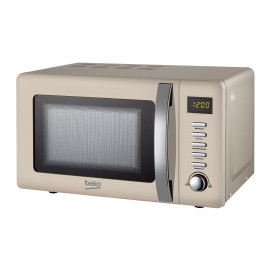
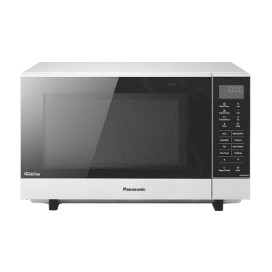
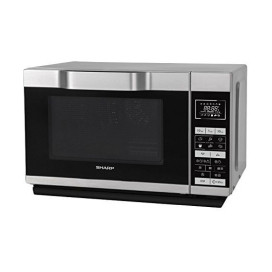
 |  |  | |
| Beko MOC20200C Retro Style | Panasonic NN-SF464MBPQ | Sharp R861SLM | |
| Convection | No | No | Yes |
| Capacity | 20L | 27L | 25L |
| Power | 800W | 1000W | 900W |
| Settings | 4 | 18 | 13 |
| Size | 25.5 x 45.5 x 35 cm | 32.6 x 52.9 x 43 cm | 50.4 x 30.3 x 49.7 cm |
| Extras | Compact | Touchscreen / Flatbed | Flatbed |
How to Clean Microwave Models
Here's an easy way to clean a microwave:
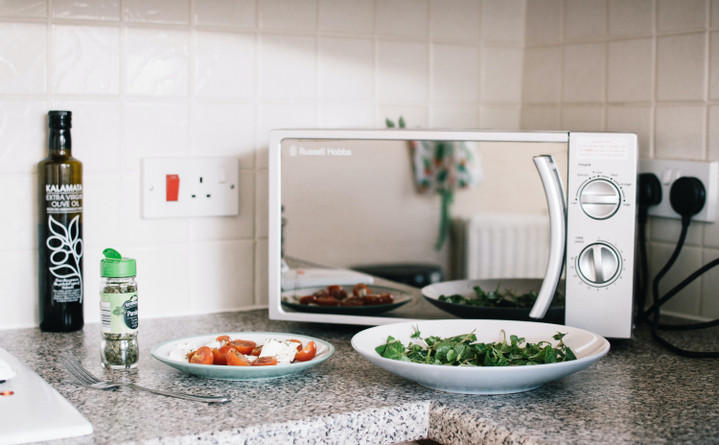
Let's assume you have purchased a microwave which doesn't have an automated “easy clean” setting. In that case, the first step in cleaning the oven is to remove any internal plates or racks.
Now, mix together a solution of 1 cup of water, the juice of one lemon, the same lemon cut into slices, and a few tablespoons of apple cider vinegar.
Place this mix in a microwave friendly bowl and insert it into the cooking chamber. Close the door.
Now, cook the mixture for a few minutes at the microwave's highest setting. You should see the fluids boiling, which is exactly what we want to happen.
When you can't see into the chamber and the liquid has boiled over, turn off the microwave and let it stand for a few minutes to cool.
When the chamber is cool, open the door and use a cloth to wipe the insides. This should liberate grease and food deposits with ease, leaving a pristine finish.
Remember to clean the plate and any racks as well. Soaking them in soapy water or detergent and then wiping clean should do the trick.
Key Microwave Accessories
Here are some accessories that you may want to consider buying to accessorise you microwave:
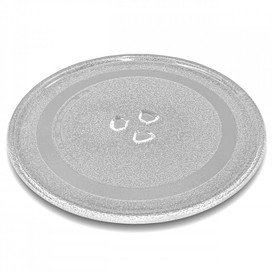
Whatever brand you choose, it should be possible to customise the inside of your microwave with microwave plates or racks. When buying, it's best to opt for accessories made by the brand in question, or be very careful about matching measurements to ensure a good fit.
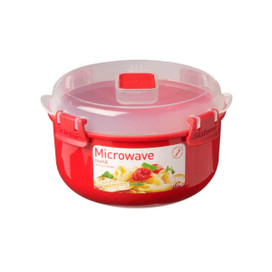
Not all bowls or plates are suitable for microwaves. Look for plastic or treated glass products that are labelled as microwave safe (and avoid metal at all costs).
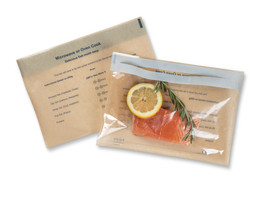
Some foods like fish can be microwaved really successfully in specially made bags. You can buy them in multipacks from merchants like Amazon or Lakeland.
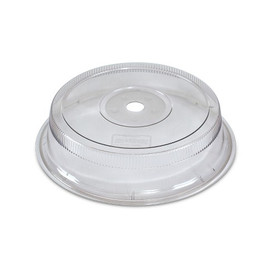
In some cases, food should be covered during microwave cooking. Plastic covers with holes to allow air to escape will be a really useful addition in those cases.

With these plastic accessories, you can even make perfect omelettes in standard microwaves.
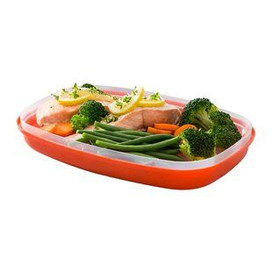
Designed to hold vegetables and other steamable foods, these cases secure tightly but allow air to escape, cooking food evenly and quickly.
A Quick Microwave FAQ
The first recognisable microwave was created in 1967 by the Amana Corporation in the USA. Sharp was the first brand to commercialise the idea in the 1970s.
American scientist Percy Spencer first realised that radio waves could be used to cook food. His early prototypes weighed up to 750lbs and were 6 feet tall, but the idea caught on.
They can be, but not when used in microwave cookery. Microwaves simply heat food, and do not irradiate it. So the main dangers involve burns from overheated meals.
Yes, at high temperatures microwaves are an effective way to sterilise items like sponges. But don't assume that they kill 100% of bacteria.
The UK is home to approximately 23 million microwave ovens, so we have obviously embraced the technology.
Many people prefer the texture and taste of food cooked in standard ovens, which often cook more evenly. But the best microwaves definitely rival convection ovens in every regard.
Microwaves can interfere with WiFi networks, making them less reliable. However, shielding on ovens should keep leakage to a minimum, making this less of a problem.
Yes, most microwaves will become less powerful as they get older. As a rule, they will have a lifespan of around 10 years.
Controls and doors can be repaired, but unfortunately, magnetrons can't. So you would need to replace a faulty magnetron, which is often pricier than a new microwave.
Buying Advice: How to Find a Cheap Microwave That Gets the Job Done
Microwaves have saved millions (or even billions) of hours for British chefs since they appeared in the 1970s, and they continue to be a great add-on for kitchens around the nation. But as we've seen, these handy appliances come in multiple styles and brands, with price tags varying wildly. And we've also seen that extra features may well be worth paying for. So how can you save money and drive the price down?
Actually, saving money on microwave offers shouldn't be too hard. As with most major kitchen appliances, microwaves are often discounted in microwave sale promotions. Look for the best deals around Black Friday in November (when the Christmas rush kicks off), or the New Year sales. There may also be deals on compact models at the end of summer when students flock back to university.
Otherwise, the trick is to shop around for the very best microwave offers, and the best place to do so is hotukdeals. Our listings include up to date models from leading brands like Panasonic, Sharp, Swan Nordic, and Samsung. And they also cover discounts from all of the UK's biggest kitchen good merchants. Amazon, John Lewis, Argos, Currys PC World, AO.com, Wilko, Asda – all of the biggest retailers are included. Just browse the listings, search for the right specifications, and you'll soon find the perfect microwave at a great price.
Snap Up Delicious Microwave Deals at the hotukdeals Listings
The best modern microwaves can do anything. From whipping up healthy omelettes to baking cakes, from making curry house style baltis to heating up the perfect jacket potato with cheese, these appliances are among the most versatile around. Simple, fast, and very adaptable, they make so many cooking tasks possible for chefs who don't have a Michelin star. If that sounds good to you, be sure to check out the hotukdeals microwave listings for the latest models and the biggest reductions.

